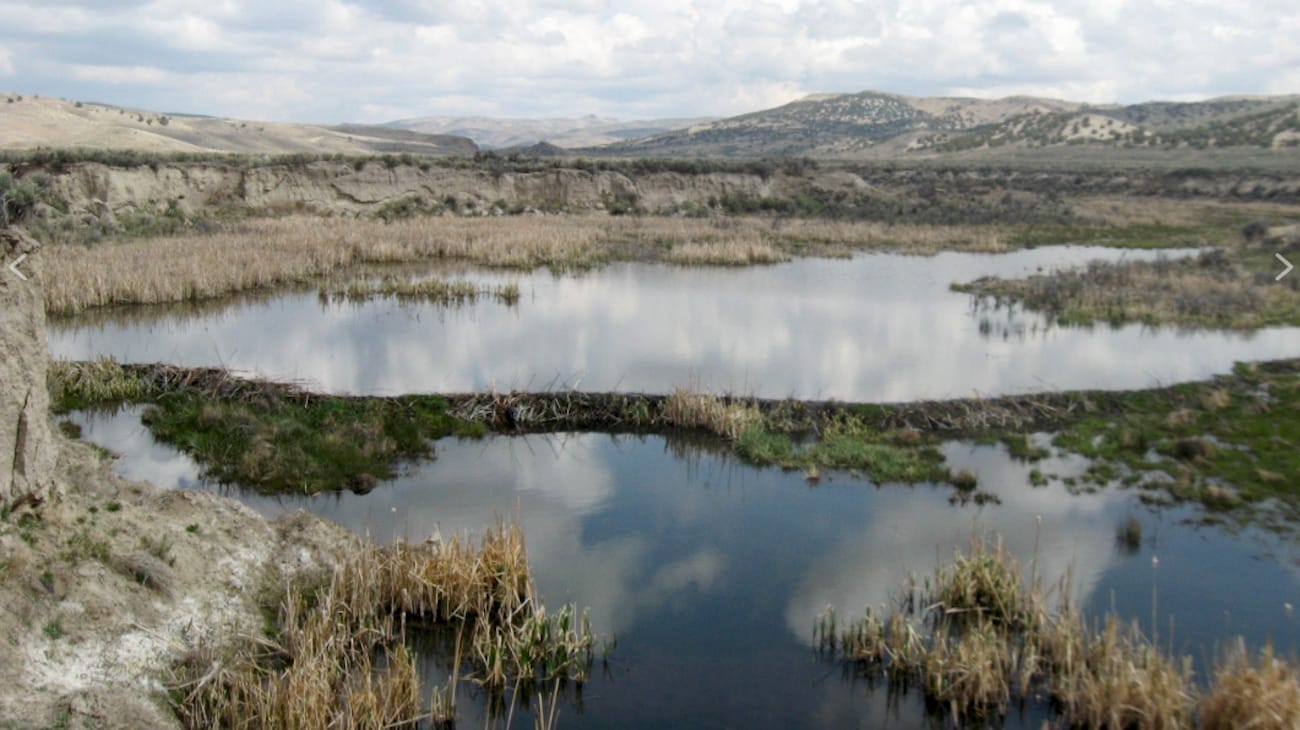West Texas Beaver Wetlands: The Historic Record

When European settlers arrived in North America in the 1500s, they found as many as 400 million beavers. These four-footed water engineers had created—and maintained—an estimated 50 million acres of beaver ponds. Beavers populated the Rio Grande and its tributaries.
Sadly, their valuable pelts were their undoing. In the 100 years following the founding of Santa Fe in 1609, West Texas’ beavers were decimated in a trapping onslaught by European and Native American fur traders. As illustrated in the map below, successive waves continued across the continent; as one area was exhausted, another was exploited. By 1900, beavers had been all but eliminated across the continental U.S. and southern Canada, along with 99.5% of their ponds. This changed continental hydrology, harming watersheds and ecological systems.
Quoting the authors, “Beavers are slowly being restored with dramatic environmental results. Dam building by beavers naturally and economically restores freshwater wetlands, which have been rated as the world’s most valuable terrestrial ecosystem in terms of natural services. Such services include providing water storage, climate regulation, and wildlife habitat.”
The authors continue, “The potential contribution of beavers as partners in helping to mitigate the impacts of climate change, and other environmental problems, such as the rising rate of species extinction, is considerable.”
This is especially true in the deserts of far-West Texas, where beaver restoration in the Rio Grande and its tributaries could be transformative to our desertified habitats and their dwindling wildlife populations.
NOTE: this article below is from BeaversWW.org and can be found here. It was written by Sharon T. Brown and Suzanne Fouty.
